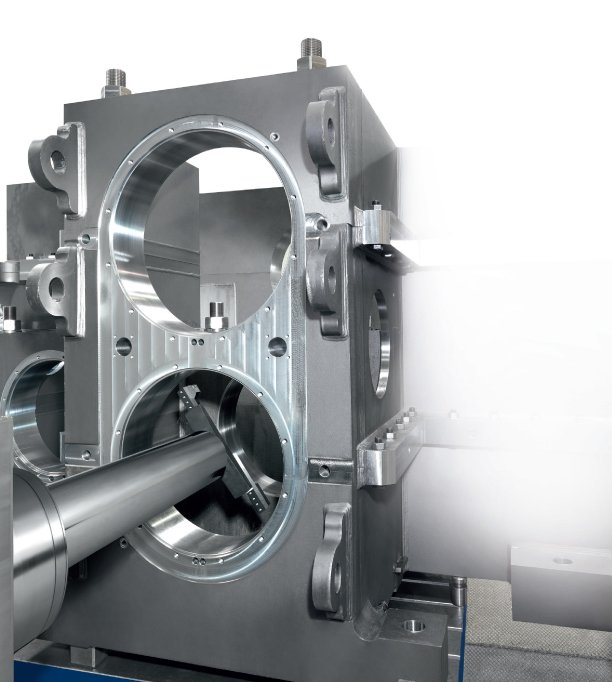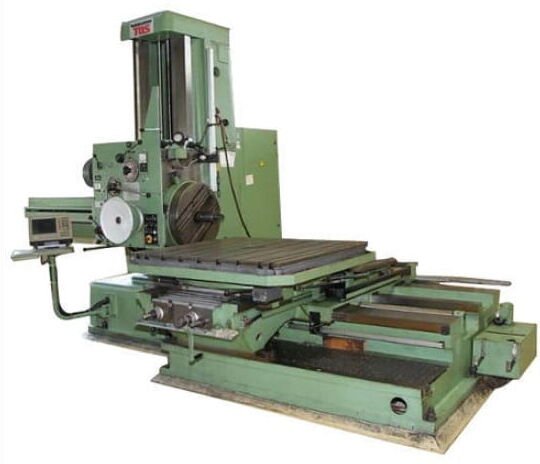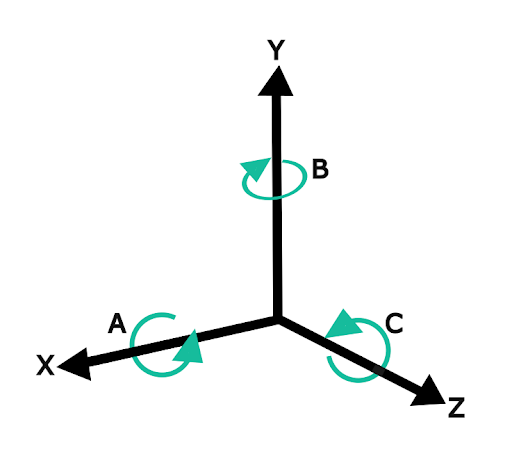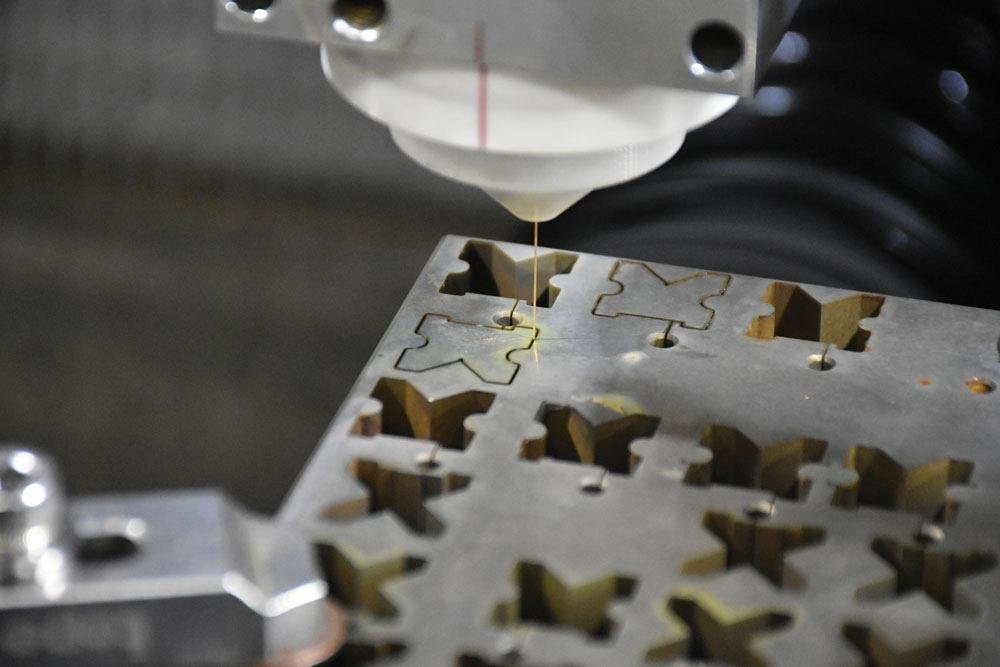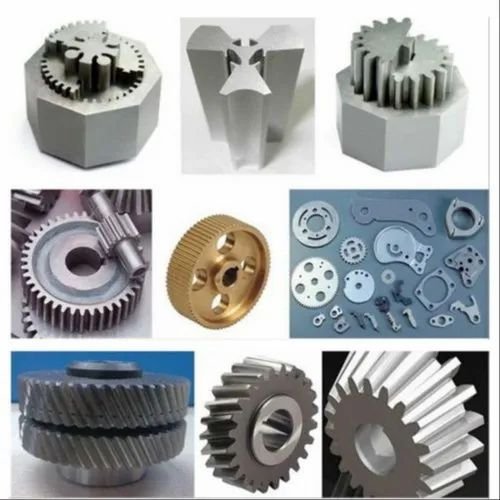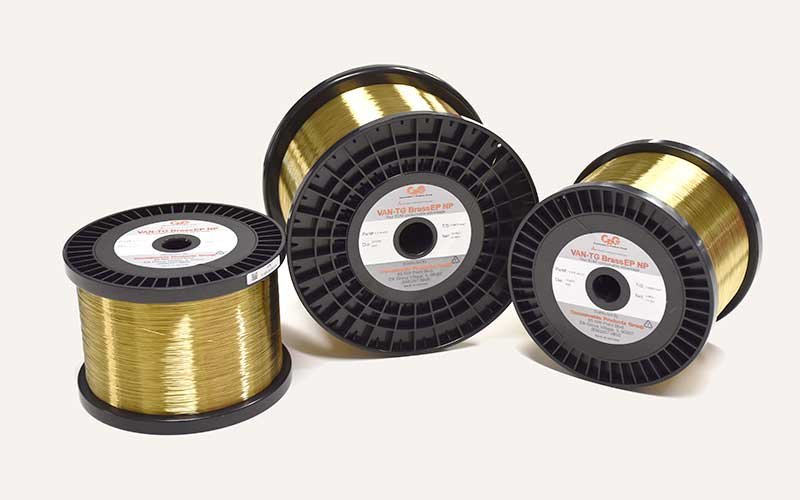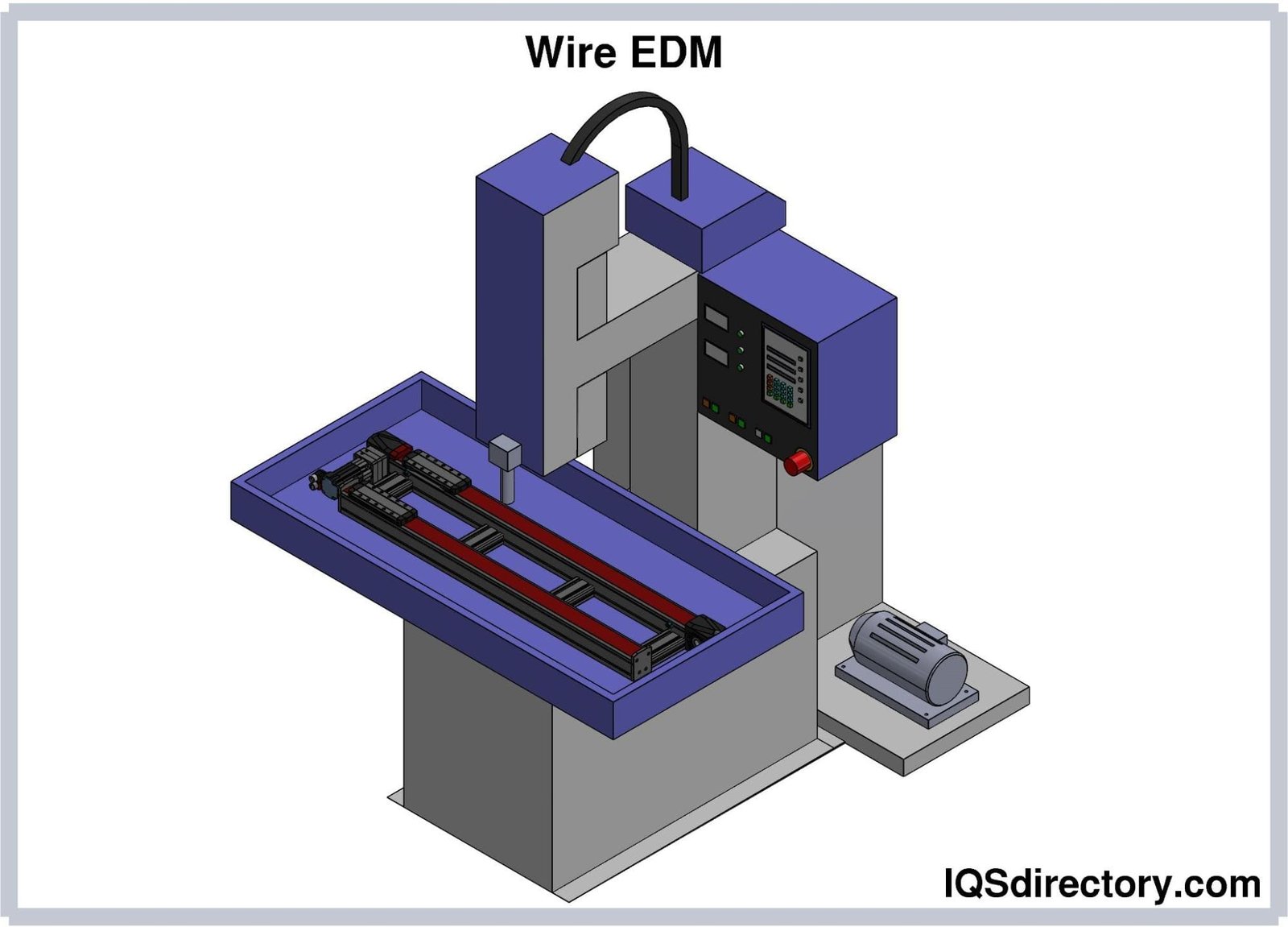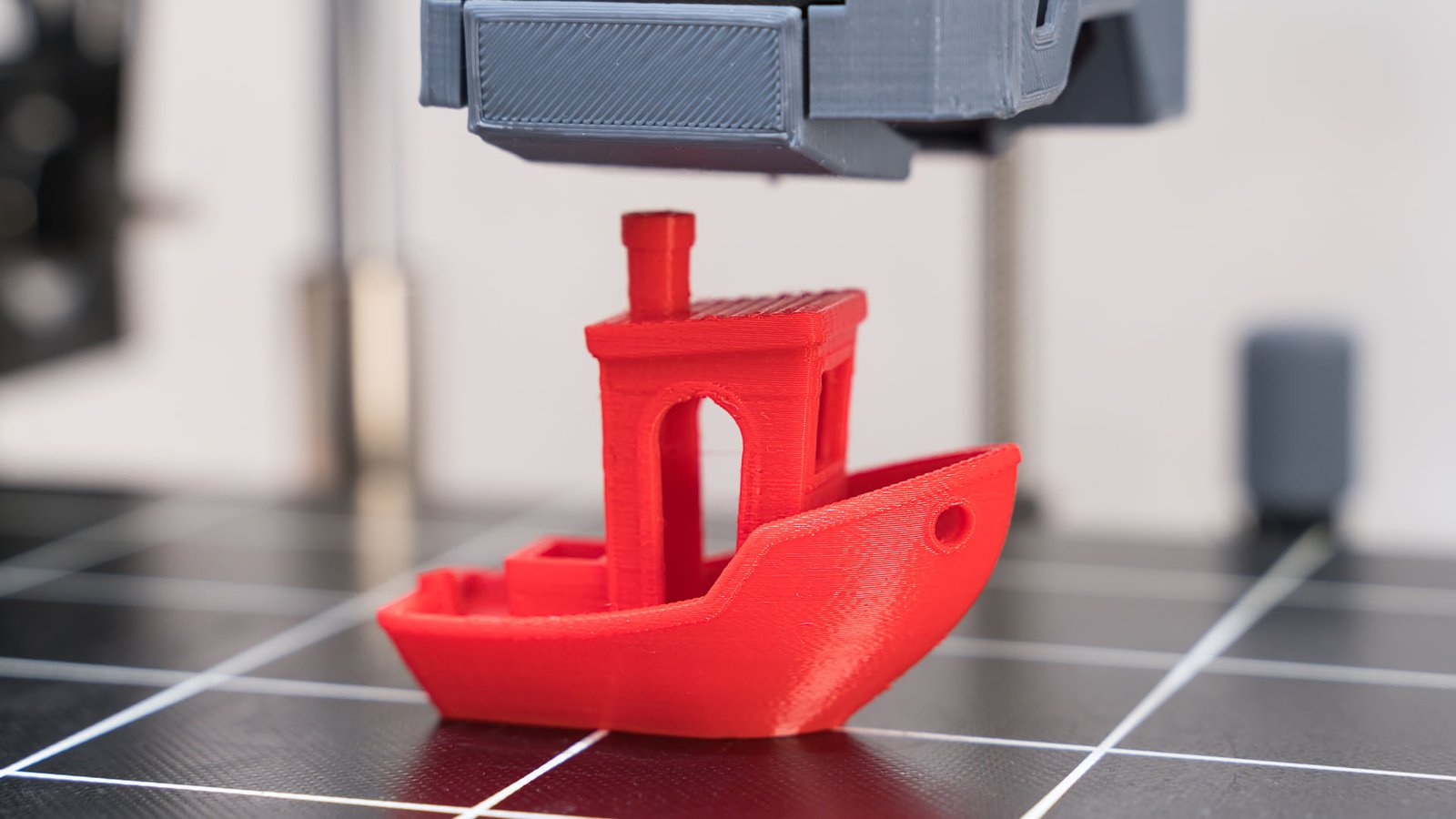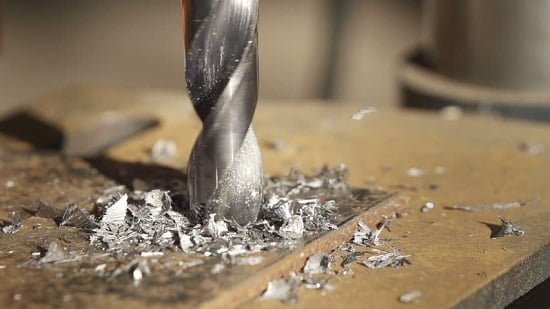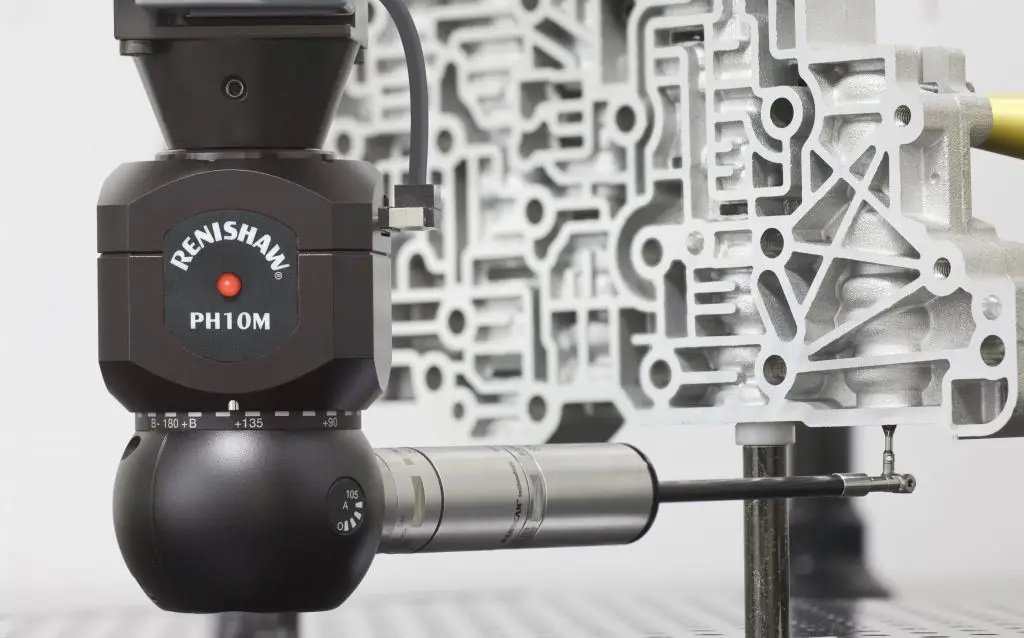what is Boring?
Boring is a machining process used for creating or enlarging holes in components. This process is particularly used for high precision and producing smooth internal surfaces in parts. Boring can be done using various tools and machines, depending on the requirements of the job, such as the size and depth of the hole. It’s an essential process in the manufacturing industry, especially when it comes to producing industrial parts that require exact specifications and tolerances.
What is Boring?
Boring is an industrial drilling process or the creation of holes in various components, including shafts and pipes. Some industrial parts used in airplanes or sensitive parts of machinery must be produced with very high precision.
If you’re not sure what boring is, it’s used to enlarge the diameter of a hole very precisely or to improve the quality and accuracy of a pre-existing hole.
Many people confuse drilling with boring. Drilling refers to the creation of a hole in a solid piece. Boring, on the other hand, means expanding pre-existing holes.
Initial steps in the boring process
Initial steps in the boring process, similar to milling or turning, involve the use of various tools. The choice of tool is based on initial considerations and conditions; that is, without reviewing the conditions, one cannot determine the ideal tool for a boring process. Key factors to be identified in a hole before beginning the boring process include:
- Diameter: The size of the hole that needs to be bored or enlarged.
- Depth: How deep the hole needs to be.
- Tolerance or Error Margin: The degree of precision required for the hole’s dimensions.
- Type of Material: Understanding the material being bored is crucial as it affects the choice of cutting tool and technique.
Each of these factors influences the selection of the appropriate boring tool and the parameters of the boring process, such as speed, feed rate, and cutting depth. Proper identification and understanding of these factors are essential for achieving the desired accuracy and quality in the finished hole.
influences of different types of holes on boring
The type of hole significantly influences the boring process, with different types of holes requiring specific tools and techniques. Generally, holes are categorized into four types:
- Blind Hole: Created using a drill or a bit, this type of hole does not go all the way through the workpiece. When viewed from one side, the other side is not visible, and the bottom of the hole is closed.
- Through Hole: Similar to a blind hole, the primary difference is in depth. In a through hole, the drill or bit completely penetrates the workpiece, opening both sides of the hole.
- Step Hole: In this type, the diameter of the hole changes at certain points, either increasing or decreasing. Due to the sudden change in diameter, a completely different type of tool may be required.
- Cross Hole: This involves two holes intersecting at a point, similar to two water pipes meeting. Precision in this type of boring is crucial to prevent leaks and ensure proper sealing.
The Importance of Hole Type in Boring Process:
As observed, the type of hole is highly significant in selecting the right tool for the boring process. However, other factors also influence the boring process. If you’re wondering what the most important factor in the boring operation is, it’s crucial to consider all these aspects for effective and precise machining.
Types of boring operations and their accuracy
Boring operations are generally divided into two main categories, each with its level of precision:
- Roughing (Rough Machining):
- In this type of boring operation, an initial hole is already created in the workpiece by one of the material removal methods like drilling, casting, or forging.
- This preliminary hole serves as a guideline for the correct coordinates of the final hole.
- The next step is to enlarge this hole to the required size through the boring process. For instance, if the required diameter is 50 centimeters, but only 5 centimeters have been pre-drilled, you would need to increase the diameter by 45 centimeters. The main work and bulk material removal happens
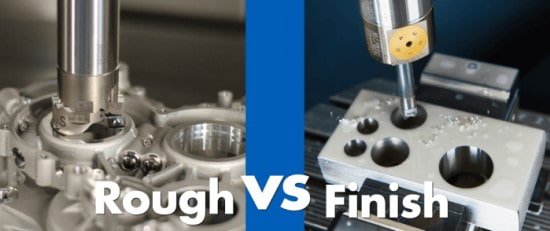 in this phase.
in this phase.
- Finishing:
- The difference between finishing and rough machining in boring might not be apparent at first.
- In finishing operations, the primary focus is on improving the quality and precision of the hole.
- For example, if the final diameter of a hole needs to be 10 centimeters and 9.5 centimeters have already been machined, traditional methods like drilling cannot achieve the precise diameter required.
- Boring is used in these situations for the final finishing of the part to enhance the accuracy of the hole.
- The precision in finishing operations is usually very high, with tolerances less than 0.5 millimeters.
In summary, the type of boring operation (roughing or finishing) significantly impacts the choice of tools and techniques, as well as the level of precision achievable. Roughing focuses on removing large amounts of material to roughly shape the hole while finishing involves fine-tuning the hole to achieve the desired dimensions and surface quality.
impact of workpiece on boring
The impact of the type of workpiece on the boring operation is significant. You might not know the importance of the material and the external shape of the workpiece in boring operations.
The shape of the workpiece can create complexities in the boring process. On the other hand, the material of the piece can significantly influence the choice of boring tools.
Impact of Workpiece Type on Boring Operations:
The most important points to consider when examining the workpiece are:
- Does the workpiece material have enough strength, or is there a possibility of the workpiece breaking during the operation?
- Is the external shape of the workpiece uniform, or does it have irregularities that could cause vibrations in the piece?
- Do we need a very long tool extension to create the hole?
- Can the workpiece be easily mounted and installed on the boring machine, or do we need auxiliary parts to install and control the workpiece?
- Does the workpiece rotate symmetrically around an axis, or does it have an asymmetrical shape?
- Is this piece intended to be produced in large quantities, or are we dealing with a unique and single piece?
The answers to these questions are very important in choosing the type of tool and boring method.
For example, what is the difference in boring between a symmetrical and sturdy workpiece and a long and fragile workpiece?
Certainly, drilling a symmetrical piece is much easier and faster, and there is no concern for breaking the piece due to its high strength; but for boring a very long piece, you need auxiliary and additional tools that make the process longer and, due to the fragility of the workpiece, you always have to control the speed of the process and the intensity of the advance.
Latest Articles in your inbox
Subscribe to our newsletter to get the newest manufacturing and industrial services articles in your inbox once a week.

